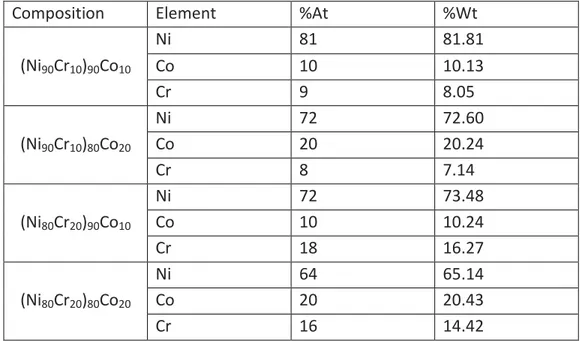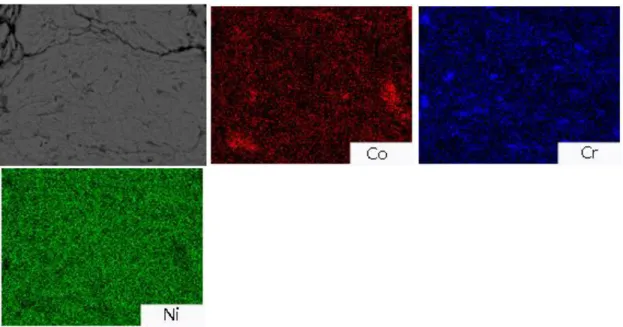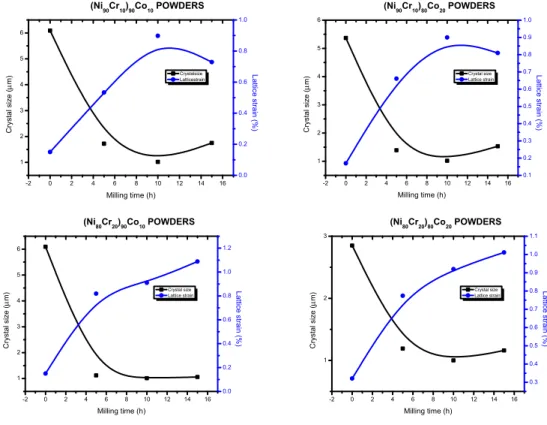CHARACTERIZATION OF NI CO CR POWDERS OBTAINED BY MECHANICAL ALLOYING
Texto completo
Figure




Documento similar
obtained, multivariate curve resolution – alternating least squares (MCR-ALS) can be used to resolve the species present in a sample to obtain the spectra and the
The normal mode analysis is carried out by the code (alternatively, the vibrational or vibronic analysis could be read from external files), and Cartesian coordinates are used
Different methods for removing interference by humic substances in the analysis of polar pollutants have been compared in the analysis of environmental water by solid-phase
Resonance fluorescence is, indeed, ideally suited to pioneer a comprehensive analysis of frequency photon correlations since it is obtained in the strong- driving regime of an
Spectral analysis of individual nano-objects is a key aspect for the quantitative comparison to theory 131 , to derive information about the morphology or composition
To the analysis of the goals of the season previous to the changing regulation, it was used the study ‘Analysis of the offensive actions ending goal in the Spanish Professional
In addition, modal analysis can be combined with integral equation formulations, if the spectral representation of the Green’s functions inside a parallel plate waveguide is used
reaction yield is clearly displayed and we reached simi- lar conclusions to those obtained in the analysis of vari- ance (ANOVA) study by RSM; the optimum reaction parameters for



